King Charles III Coronation
MARIATE VIDAL
May 2023
 Highlight
Highlight
Royal occasions had represented a source of innovation and creativity for British gastronomy, from royal favorites to recipes created for special celebrations, there are certain foods associated with the British Royal Family at different points in history.
From the shipments of fruits and vegetables brought from Spain by Henry VIII to please Catherine of Aragon in the early days of the marriage, the fondness of George IV for pigeon and steak pie at breakfast or the fact that a dish still served today at The Goring Hotel in London, Eggs Drumkilbo, was famously enjoyed by The Queen Mother, there are plenty of stories and recipes with a “Royal” connection.
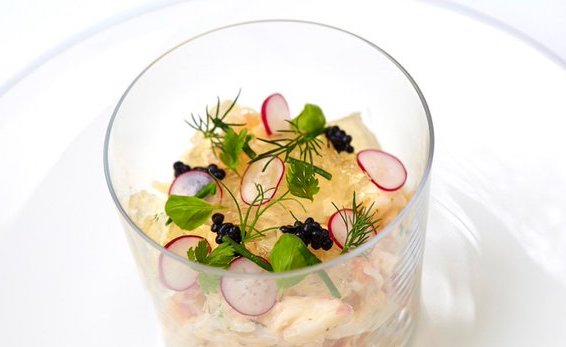
📷 twitter.com/TheGoring
CORONATION CHICKEN
Coronation Chicken was invented by Constance Spry and Rosemary Hume, who, in 1953, the year of Elizabeth II’s coronation, were the directors of the London branch of the famous Le Cordon Bleu cookery school. The dish, contrary to popular belief, was not served at the banquet held at Buckingham Palace but prepared for 350 guests who could not fit into the palace and were placed in Westminster Hall, a space without any adequate catering facilities. Nor was chicken a common meal, but a luxury at the time, when some restrictions were still in place due to the rationing imposed during the Second World War and which would not be completely lifted until mid-1954. The dish consists of a cooked chicken salad with mayonnaise and other condiments. It is served cold and was such a success that it can still be found in pubs, restaurants and supermarkets throughout the UK. The hidden ingredient, a little curry powder, was kept a secret as, at the time, it was not an ingredient popular enough and it could be off putting for some people.
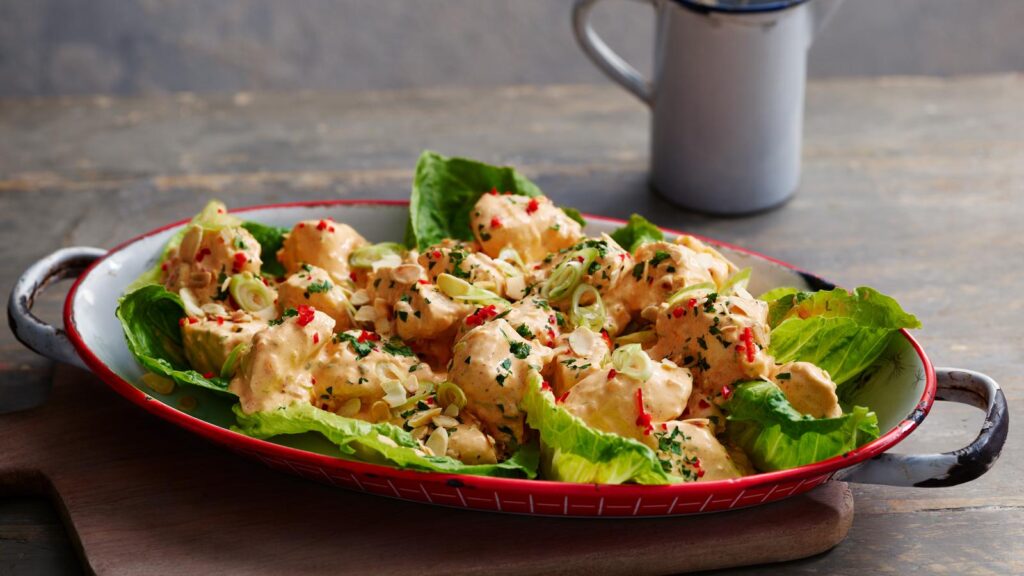
📷 www.bbc.co.uk/food/recipes
VICTORIA SANDWICH
On the sweet side, an earlier recipe with a “Royal” connection, the Victoria Sandwich, is a cake in which two layers of sponge cake, made with sugar, butter, eggs and sugar, are traditionally filled with jam, usually strawberry. The recipe became popular at a time when, coinciding with the industrial revolution, the use of refined flour and sugar became widespread in England. The cake seems to have been a favorite of Queen Victoria, who had a very sweet tooth and used to enjoy it at the Afternoon Tea started by Anna, the seventh Duchess of Bedford.

PLATINUM PUDDING
As part of the events planned last year to celebrate Queen Elizabeth II’s 70th year on the throne, making her the first British monarch to celebrate a Platinum Jubilee, the well-known London department store Fortun&Mason organised a competition to choose a dessert that will be called the Platinum Pudding. With more than 5,000 entries, the winner was Jemma Melvin with her Swiss Roll Amaretti Trifle.
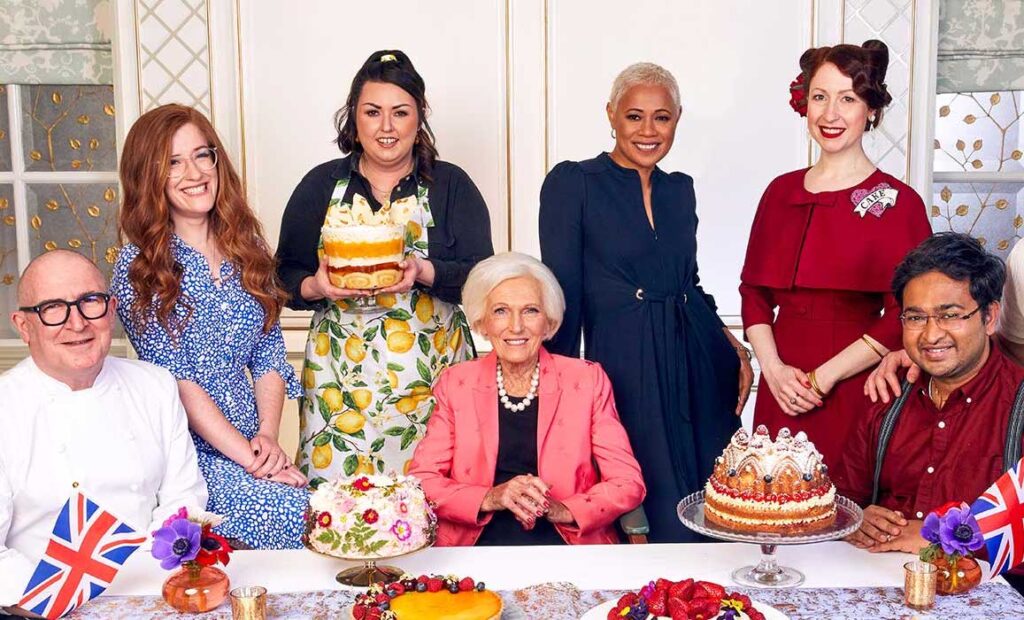
www.fortnumandmason.com/platinum-pudding-winner
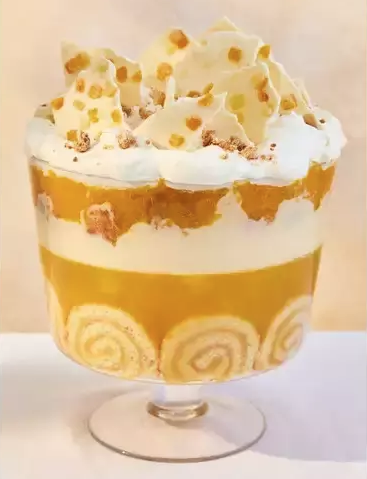
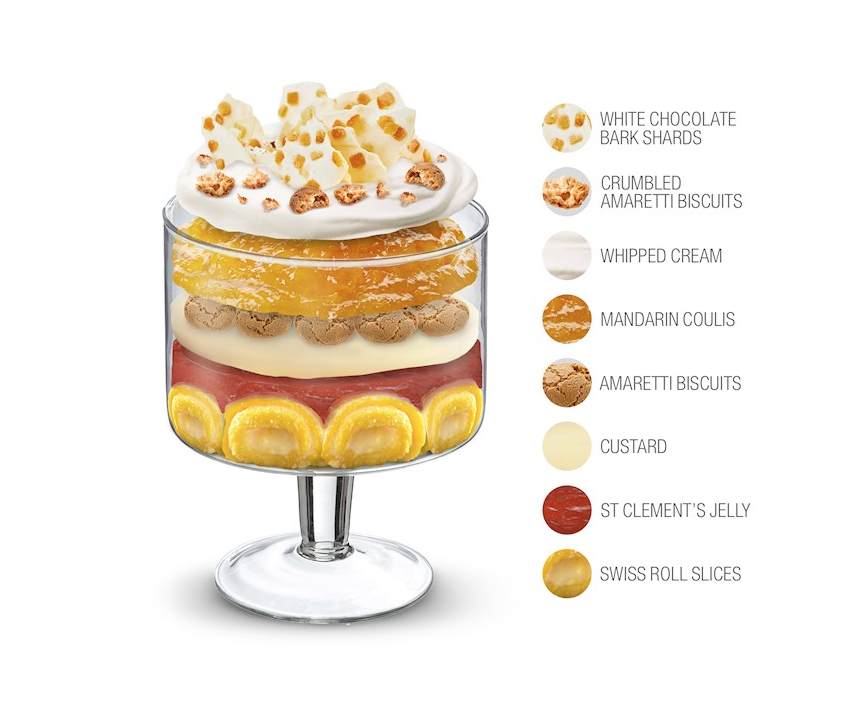
📷 TASTEATLAS
The recipe for Platinum Pudding is a very elaborate preparation with several components. To start it has a layer of Swiss Roll, filled in this case with Lemon Curd, another typically British preparation based on eggs, butter, sugar and lemon. This is followed by a layer of citrus jelly, which must be left to set, a lemon-flavoured custard and a layer of Amaretti, crunchy Italian almond-based biscuits. On top of the biscuits, a layer of thick mandarin coulis followed by a layer of whipped cream and all decorated with crushed Amaretti and mixed peel and white chocolate shards. The recipe is certainly for a special occasion, both for the laboriousness of its preparation and also for its fat and sugar content which is supposed not to be the most healthy but is associated with the celebratory meal that we like to enjoy from time to time.
TRIFLE
The Trifle is a typical British dessert in three layers, the first being a thin layer of sponge cake soaked in sherry or other fortified wine such as port, then a layer of custard or pastry cream and a final layer of fruit, either natural or in jelly. Sometimes the dessert may be topped with a final layer of whipped cream, or more traditionally by an old English preparation known as Syllabub, made with cream, sugar and wine or liqueur. There are countless versions of the Triffle, some even omitting the fruit altogether and replacing it with chocolate, coffee or vanilla.
LEMON POSSET
Jemma’s inspiration for the Platinum Pudding recipe came from learning that the pudding served at Queen Elizabeth II’s wedding was Lemon Posset, another typically British dessert, similar to Syllabub and dating from the 14th century, made with cream curdled by the addition of lemon juice. So, it seemed that a lemon-flavoured dessert might be a good idea as a starting point.
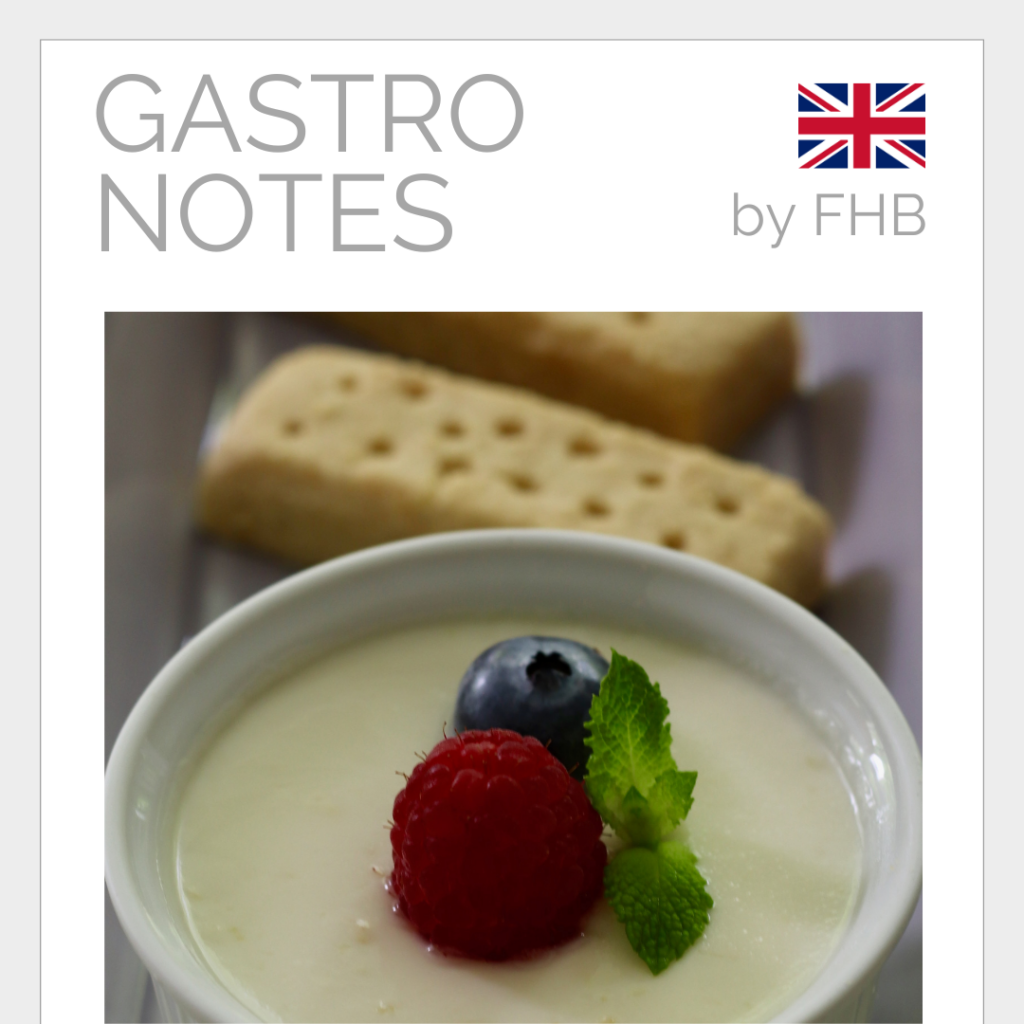
The new born Platinum Pudding was the latest of the recipes associated with British royalty. Will we see a new recipe created out of King Charles III coronation celebrations?
CORONATION QUICHE
For the time being, the King and the Queen Consort have already personally chosen the Coronation Quiche as the dish hoped to be a centrepiece to many street parties and community events. The quiche’s recipe, shared through The Royal Family website and social media channels, combines the delicate flavours of spinach, broad beans an fresh tarragon encased in a light pastry case. It is a dish that can be eaten hot or cold and is perfect for sharing with neighbours, friends, family in celebrations up and down the country.
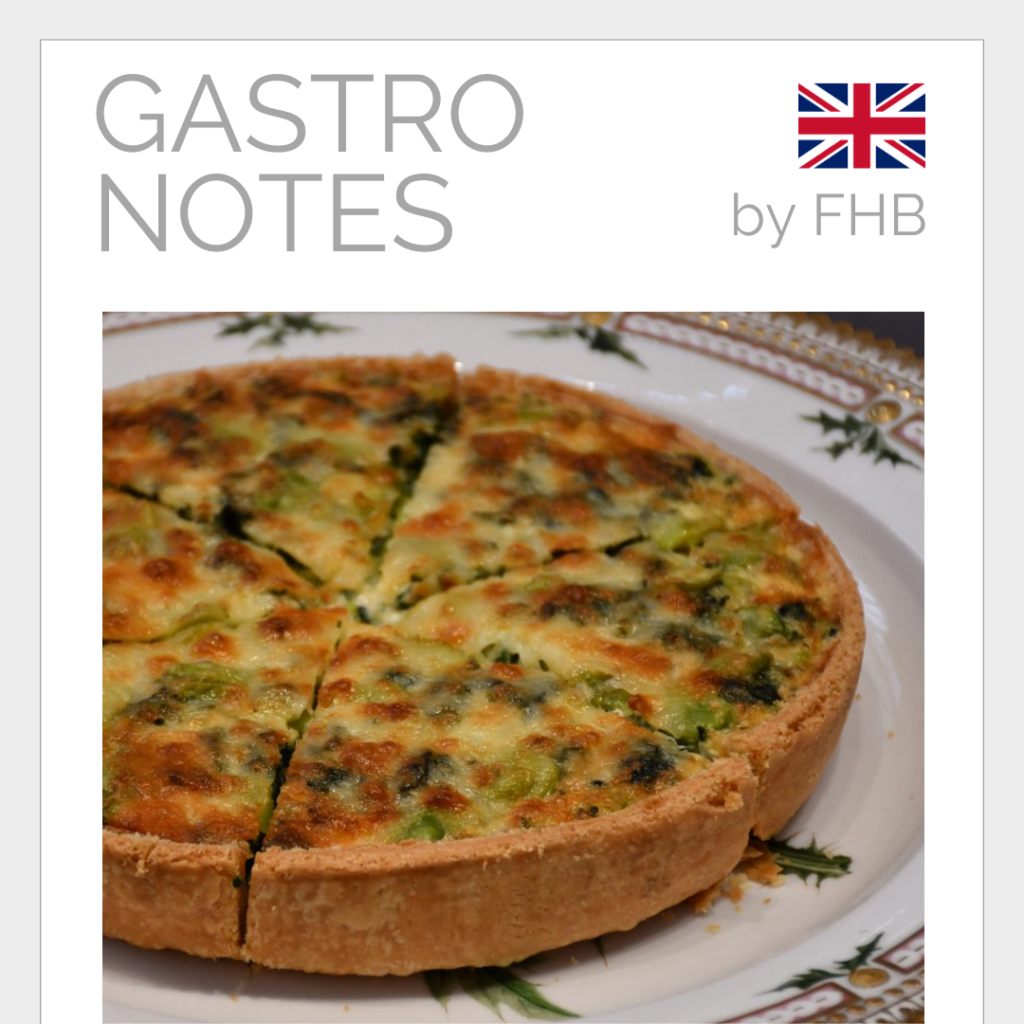
📷 www.royal.uk/the-coronation-quiche
CORONATION DISH
In addition, the BBC has organised a contest where five chefs, winners of The Great British Menu or MasterChef: The Professionals, have been selected to inspire the public with simple recipes and give them the chance to vote and decide which dish will be selected The Coronation Dish, a dish to serve alongside the Coronation Quiche in celebratory meals. If any of these recipes will become popular enough to become part of British food traditions only time will say.

